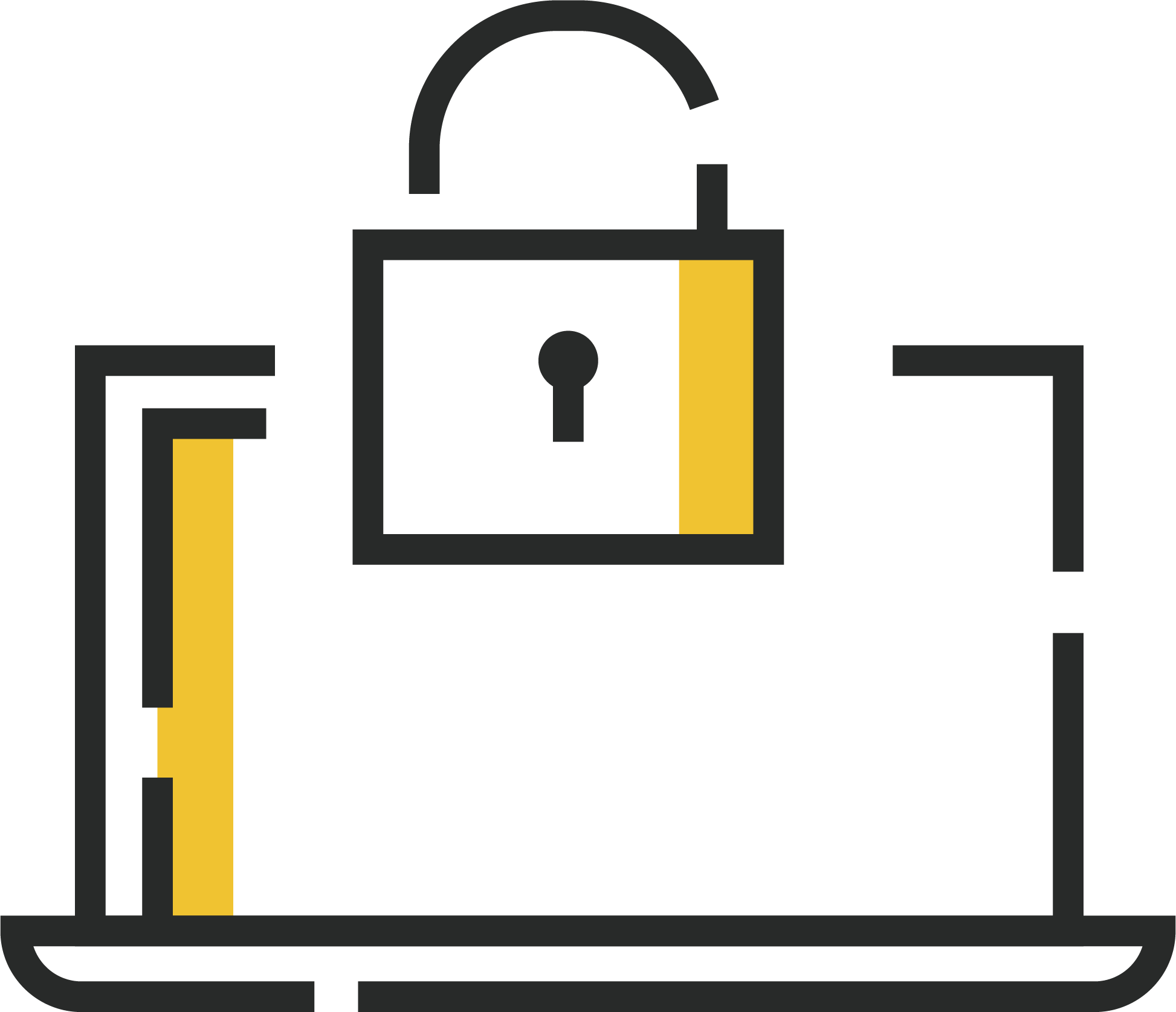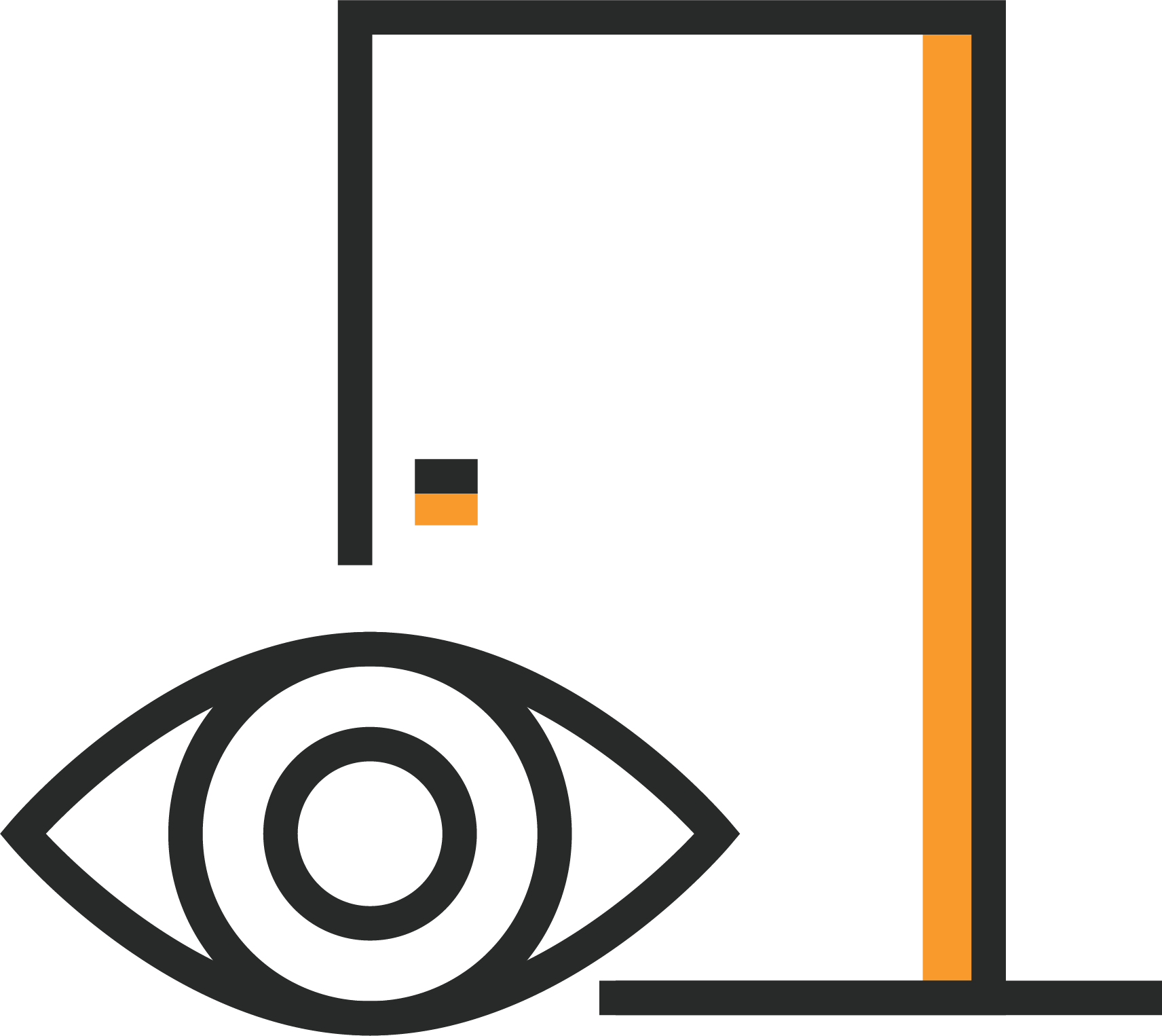Today’s parents have access to more Internet of things (IoT) devices and other tech-based tools than ever before to help them care for their children. However, as technology continues to evolve, cybersecurity threats and risks also increase. Cybercriminals are continuously targeting vulnerable IoT devices, and baby monitors are no exception.
Security vulnerabilities present in your smart home devices can make it possible for hackers to access your children’s live feed, images, and other sensitive information within your home. After gaining unauthorized access to the baby monitor device, hackers move throughout the network to find other unsecured devices they can also gain control over.
The good news is there are protocols you can put in place to protect your baby monitors from falling prey to cybercriminals. But first, let’s discuss how exactly hackers can access your baby monitors.
How hackers access baby monitors
There have been many cases where hackers reportedly compromised baby monitors and illegally spy on young children. Unfortunately, the security mechanisms of some baby monitors are no match for the advanced techniques of modern cybercriminals. As a result, hackers can find and exploit even minor hardware or software security vulnerabilities. The following are some ways by which hackers can gain access to your home security devices.
The rise of IoT devices in our homes, including baby monitors, has introduced new vectors for cybercriminals to exploit. It’s crucial for parents to recognize that the importance of securing these devices. Implementing strong encryption and ensuring devices are from reputable manufacturers are foundational steps in safeguarding our most vulnerable from unseen digital threats.
– Kurt Sanger Cybersecurity Expert
Wi-Fi router compromise
Your Wi-Fi router is responsible for providing internet access to all of your home IoT devices. Like any other IoT device, baby monitors have unique Internet Protocol (IP) addresses that allow them to communicate with your phone and Wi-Fi router for connected functionality. That said, hackers can find and capitalize on security flaws or misconfigurations to take control of your Wi-Fi router and other devices connected to the network.
Customized malware
Hackers can trick parents and young kids into installing malware-infused mobile applications in countless ways. According to the Pew Research Center, only about 39 percent of parents use the appropriate parental controls for web content filtration. Not using proper web content filtration or a parental control solution like Qustodio can result in you or your kids accidentally downloading malicious content, thus allowing cybercriminals to compromise devices connected to your network.
Prepare today for peace of mind tomorrow.
Get occasional tips about keeping your family and home safe — delivered to your inbox.
System vulnerability exploitation
Software and hardware security flaws can easily allow hackers to compromise your devices. Unfortunately, many parents do not take the required steps to protect the digital devices used in their homes. As a parent, make sure you’re aware of cybersecurity best practices to protect your smart home devices from numerous security risks.
3 security features to consider when shopping for a secure baby monitor
Different baby monitors offer diverse levels of security and functionality. The kind of monitor you decide to purchase will depend on your preferred level of privacy and security. Most baby monitors available in the market typically fall under the following categories:
✔️ Digital baby monitors
✔️ Audio monitors
✔️ Video/audio smart monitors
✔️ Analog monitors
✔️ Wireless network monitors
You must consider both cybersecurity features in addition to child safety features while shopping for a baby monitor. There is no shortage of baby monitors that offer essential parental monitoring. Therefore, the key is to buy a smart baby monitor equipped with digital security features, parental monitoring features, and other required child (digital) safety capabilities.
Below are some key aspects that you should consider while purchasing a baby monitor. Keeping these in mind will make you more cyber conscious—and protect you and your household from cybercriminals.
Encrypted wireless communication
There have been many reported cases of creepy individuals breaking into even the best baby monitors to watch babies sleeping in the middle of the night and even talking to them. These cases raise a lot of concern for parents using baby monitors and other smart home devices.
Luckily, many device manufacturers have taken appropriate measures to address these concerns. Baby monitor manufacturers now offer products that leverage encryption to prevent unauthorized access. Using a device that implements encryption technology safeguards your connectivity and reduces security risks. Therefore, always choose a baby monitor with encryption capabilities.
Reputable manufacturers
Many device manufacturers lack the proper certifications and security compliance required by legal and industry standards. Unfortunately, inadequate cybersecurity compliance with security regulation affects the devices’ confidentiality, integrity, and safety. Additionally, manufacturers often supply devices with significant security flaws, thus making it easy for hackers to break in. Before purchasing any smart device for your home, ensure that you validate the authenticity and origin of its manufacturer. Most importantly, ensure that the device manufacturer releases system updates regularly.
Parent control and security features
Many low-end baby monitors do not allow parents to change the factory default settings or passwords—these default settings enable hackers to break the password to gain access to the device quickly. While buying a baby monitoring system, ensure that sufficient security features are available that allow you to implement the best IoT security practices.
Are you concerned about your baby monitoring device being hacked or riddled with privacy issues? Then, you can take simple steps to reinforce security; secure your wireless router by updating the firmware, limiting remote access, and selecting strong passwords. Then, after purchase, register the device with its manufacturer to receive owner updates and notifications.
All in all, seeking cybersecurity education and training will help you stay abreast with emerging security issues and best practices to protect yourself and your family from increasing cybersecurity threats.
















